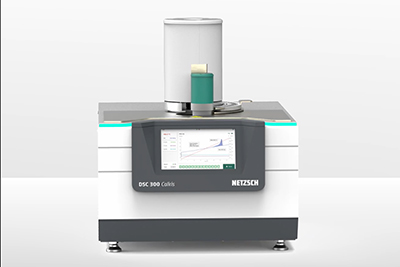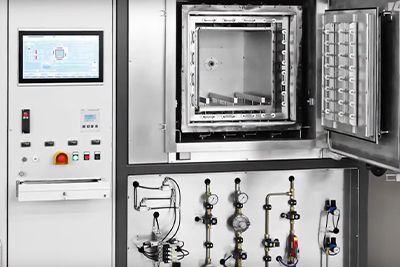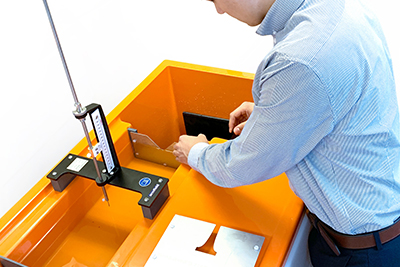Spray Drying & Encapsulation Solutions
Commonly for protecting the heat-sensitive compounds and active ingredients, Spray drying is used commonly. Though it is considered as a process of dehydration, it is also used as an encapsulation technique. The spray drying process is mainly defined as the transformation of a feed into a fluid state and into a powder by spraying the feed over a hot drying gas.
The description of the process – the formulation of the liquid is fed either in the form of a suspension, emulsion, or solutions. After that, the liquid gets injected by a pump and is atomized at the drying chamber’s entrance where it gets converted into a spray of tiny drops. Into relatively small droplets, the feeding solution is transformed with the help of a commercially available spray nozzle. For dry high-viscosity solutions, the pressure nozzle is useful. The small drop size gradually increases the surface area which will be in contact with the hot gas stream in which the mass and heat transfer phenomena are responsible for the evaporation of the liquid. The drops come in contact with the inlet gas once it gets inside the drying chamber which can either be an inert gas or heated atmospheric air if the liquid phase is flammable or the drying product is sensitive to oxygen.
The reliable, versatile, and proven Microencapsulation and Spray Drying solutions of BUCHI, ranged over a wide range of applications. Allow BCL to help you discover the time- and cost-saving solutions for the formation of R&D particles.



.jpg)




